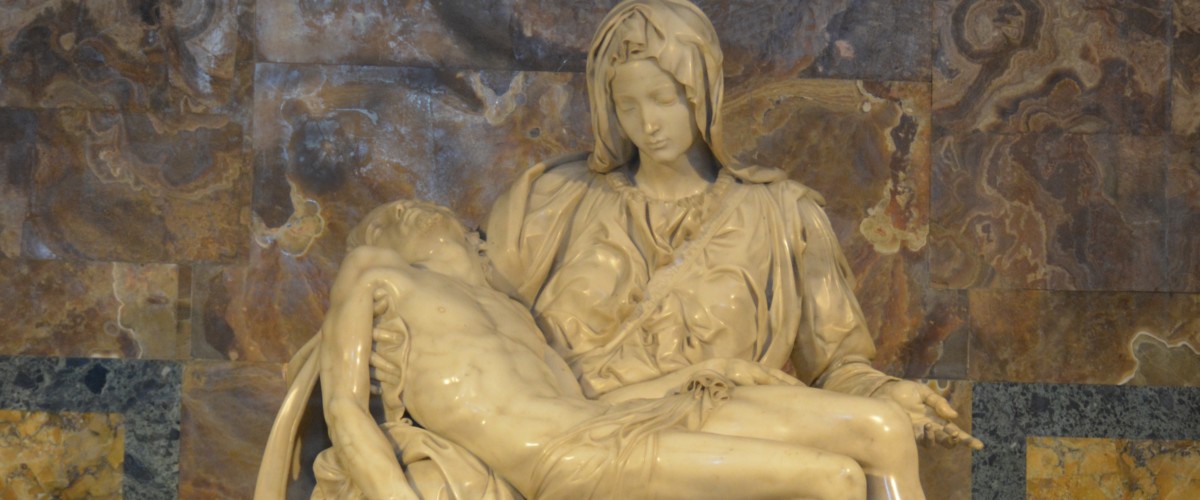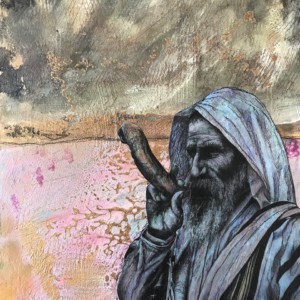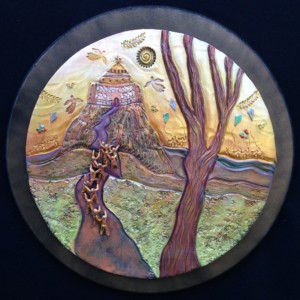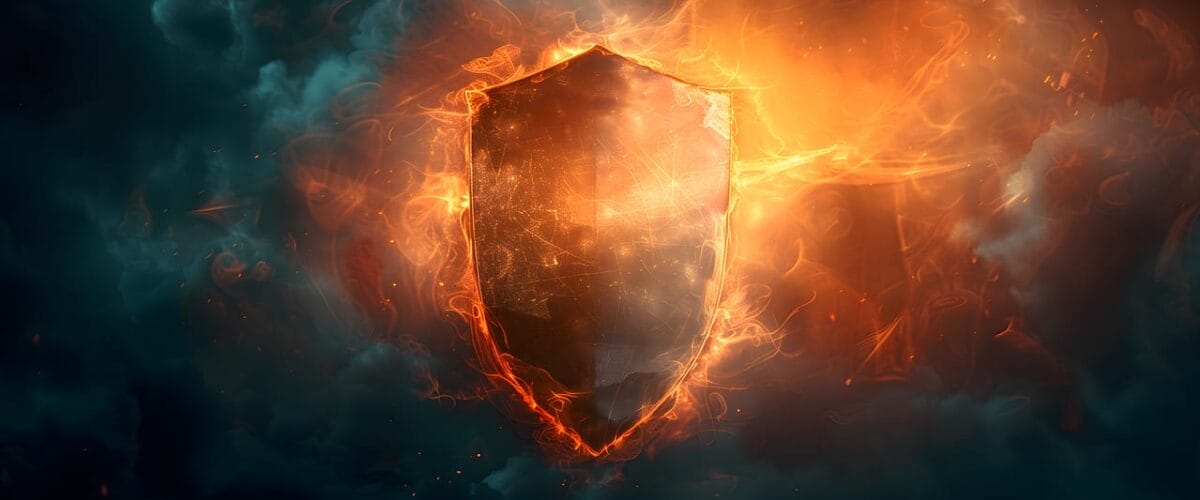In my last post, I spoke about the spiritual life of Michelangelo. In this post, I would like to address his theories on art. To do this, I feel I must start by giving some background and context to the times in which he lived. As I used to tell my art history classes, one can not understand an artist until he first understands the times in which they lived and the worldview that existed that created the soil out of which the artist grew.
Between 1495 to 1527, Rome took the place of Florence as the artistic capital. The Popes were living in splendor and wealth as if they were secular princes, and each Pope tried to outdo his predecessor by embellishing the city with great works of art. This period of time is called the “High Renaissance,” and during this time, such works were being produced that generations of later artists were instructed by them. In fact, these creations were believed to be so inspired by God that they could not be copied by lesser men. So during the period after the High Renaissance, artists studied the art of Raphael, Leonardo, and, in particular, Michelangelo, rather than nature. This following period was called “Mannerism” and was inspired by Michelangelo’s late paintings.
These masters had learned from the past, but they made a distinct break from that past, believing that they were above the rules (such as perspective) that had been established in the early Renaissance because God had given them greater insight. This was most true with Michelangelo who firmly believed he was divinely inspired in a unique way. Thus a cult of genius was birthed that spurred art to vast and ambitious goals.
One other thing must be addressed if we are to understand the mind of Michelangelo. The High Renaissance period was profoundly influenced by two opposing schools of thought. The first was traditional Roman Catholic Christianity which was under fire from the Reformation. The second was a philosophy called Neo-Platonism which was inspired in part by the philosophy of Plato, thus ‘Neo [new] Plato.’ The full understanding of this philosophy is beyond the intent of this post, but I will speak to the part that influenced Michelangelo’s thought.
Plato believed that everything on Earth was but a shadow of a “real” reality that we couldn’t see. His classic argument goes this way. Imagine a man chained inside a cave sitting on a boulder facing a wall. The only reality for that man is what he sees on the wall in front of him. But unbeknownst to him, there is a ledge in back of him that has a fire burning and a “real” reality of people walking around in front of the fire. Those “real” people are casting a shadow on the wall. But the chained man can only see the wall, so he thinks the shadows are the only reality. These shadows are obviously distorted, but the man doesn’t know that. So, like the man chained to the rock, the reality that we see on this earth is only a shadow of a greater spiritual reality. Then Plato goes on to say that the goal of an artist is to come as close to the “real” reality as he can with his limited understanding.
Then he gives an illustration of a chair. What is the ideal chair? The ideal chair is only to be found in the mind of God, and the role of the artist is to come as close to that chair as he can. That is why, in the Classical Greek period, the artists strove to find the ideal proportions of man—without blemishes or stretch marks, etc. That is also why, in the Classical period of Greek art, there are no images of children or old people—because the child was not yet perfect and old people were in the process of decay. That is why temple building ceased with the Parthenon because they could find no way to improve it, so they had found their ideal.
This concept was very close to Hebraic thought. Because when God gave Moses instructions for the Tabernacle and the Ark of the Covenant, He told Moses to make it exactly as he was instructed because it was modeled after the real Tabernacle that was in heaven.
Now there is, of course, much more to Neo-Platonism than this, but this part of Neo-Platonism is what impacted Michelangelo. He was never after the reality that the eye saw, rather he was chasing the ideal, the essence. What does a man’s spirit look like? What will your perfected physical appearance be through eternity? This was what Michelangelo was looking for: Spiritual proportions. Knowledge for Michelangelo was not an end in itself but a means to an end. Knowledge served the higher purpose of recreating the “true reality” of the spirit man. This was not a new idea peculiar to Michelangelo. Almost all primitive societies from pre-historic art to the Aboriginals of Australia and more modern artists like Paul Gauguin shared this insight.
Michelangelo said, “The perfect form, as nature desires it, is conceived in our spirit.” The artistic idea is the inner image that the artist creates for himself of nature’s intention. This theory transfers the emphasis from the outer world to the inner world (the inner world of Greek idealism—not the Christian view of the Medieval world which denied the body as sinful and, therefore, unworthy of representing).
Michelangelo rejected the popular mathematical emphasis on proportion in the name of “spiritual” proportion. “All geometry, all math, and all the rules of perspective are useless without the observing eye.” He called this special gift ‘Intelletto,’ and this was defined as a special ability for discerning beauty and harmony. This is contained in one’s soul and is capable of a close relationship with God. “Divine beauty is that which imitates some work of the Immortal God.” According to Michelangelo, not many people would have this, and it was given to them at birth. He believed that preoccupation with visible beauty awakens the “memory” of Divine Beauty.
As an example of this spiritual proportion, we could look at his famous “Pieta” (which means ‘pity’) in which the dead Christ is draped across His mother’s lap. He made this when he was 24, and it was his first true masterpiece. As one views it, everything seems perfect. But when you examine it closely, there are some anomalies that are shocking. First and foremost are the proportions. I used to ask my class what was wrong with the sculpture. They couldn’t find anything. Then I asked them, “Which NFL football team did Mary play on?” At first, they didn’t get it, but then they saw it. Mary is enormous. Although her head is small and she actually looks younger than her son, her shoulders and lap are giant-sized, and if she ever stood up, she would be 7 feet tall. Once they see it, they can’t unsee it! By the way, note also that the dead Christ’s resurrection is implied in that Jesus’s veins are still pumping blood. A dead man’s veins are flat. These distortions that serve emotional ends are what Michelangelo meant by ‘spiritual proportions.’

Borrowing from the ideas of the Greek philosopher Plutinus, Michelangelo said, “The inner image is naturally superior to the finished work, which is only a copy of it. The complete execution of a work of art, materially speaking, is therefor[e] not absolutely indispensable. The ‘incomplete’ can also possess a positive value, for it may communicate the whole inner image even though it is itself fragmentary. Furthermore, an unfinished work can often reproduce the inner image even more faithfully through its indefinite spiritual character which is confined to the essential.” Michelangelo regarded his “unfinished” sculptures as full realizations of the inner image. It would be a full 350 years before these ideas were rediscovered by the 19th-century sculptor, Auguste Rodin.
Michelangelo had some interesting thoughts on marble, too. “Marble is the heart of the universe, the purest substance created by God; not merely a symbol of God but a portrait, God’s way of manifesting Himself. Only a Divine hand could create such noble beauty.” He wrote this poem regarding marble:
The best of artists has no concept
not already held within the shell
of a stone block. He reaches it
only when his hand follows the
guidance of his mind and soul.
Michelangelo was aware of the great Northern artists such as Albrecht Durer, Jan Van Eyck, and Roger Van Der Weyden with their painstaking realism. When asked what he thought about them he said, “In Flanders they paint to stab the outer eye with things that please…they also paint draperies, tracery, green fields, shady trees, rivers, bridges, and what they call landscapes, as well as many figures in motion…and although all this is pleasing to some eyes, nevertheless in truth real art is lacking, that is, proper proportion and proper scale, as well as the selection and clear division of space and finally the nerve and substance.” In other words, the Netherlanders paint nature without showing its ‘idea,’ without that beauty which alone deserves to be painted.
Michelangelo’s late works were truly created under the inspiration of the Holy Spirit. When he was working on the Last Judgement in the Sistine Chapel, he was in his mid-60s and had just gone through a spiritual crisis as he, with the help his friend Vitoria Colonna, came to grips with his previous dualism of Neo-Platonism and Christianity. It has been suggested that, at this time, while working on the Last Judgement, he underwent a sort of conversion experience. He had always been devout, but now he leaned even more into Christ. In fact, it may have been this conversion that prompted him to put his own tortured face on the flayed skin of the martyred Bartholomew, who is shown on the lower right-hand side of the standing figure of Christ. It took 14 years for anyone to even notice this. Perhaps this late poem, written to Vitoria Colonna by Michelangelo, shows us his inner struggle.
First on my right foot, then on my left,
I shift my searches for salvation.
My heart grows tired as I waver between vices and virtues.
And I am like one who, with no glimpse of Heaven,
Misses every road in the darkness.
Here I am, a blank page, for you to pen your sacred writing on…
Let me not live so blindly!
Tell me, Sacred Lady,
Whether Heaven does honor sin repented
As well as unstained good?
In his late works, he puts aside all knowledge of the human body and his learning about art and goes back to creating his inner images in a naive and direct way, obeying only the dictates of his soul. He wrote, “It is necessary to keep one’s compass in the eye, not the hand; for the hands execute, but the eye judges.” His last works are also no longer what his earlier ones were (incarnations of archetypes or ideals). They now assume a purely personal significance. The figures have become thicker and weightier, his painting style looser. It was these late figures that the Mannerist artists that followed the death of Michelangelo went to for inspiration. Since, as they believed, Michelangelo was Divinely inspired and had perfected nature, they would study his late, mannered style for inspiration rather than nature itself.
I could say much more about Michelangelo, but the scope of this post is to reveal some of his theories, not to write a biography. If the reader is interested in learning more about Michelangelo, I would highly recommend The Sistine Secrets by Blech and Doliner and an older book titled Michelangelo’s Theory of Arts by Clements. The last book may be out of print, and the first is probably the best book I’ve ever read on any artist. Thank you for visiting my post.
Featured and In-Text Images by Pixabay















Comments are closed.